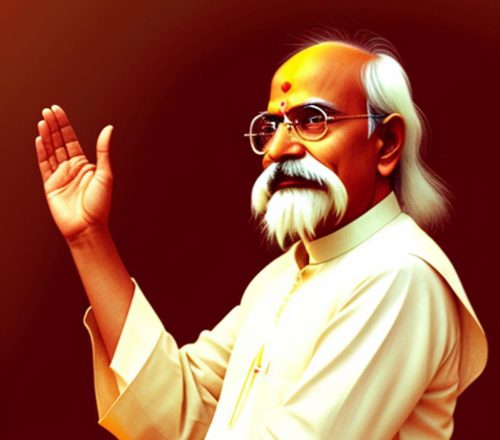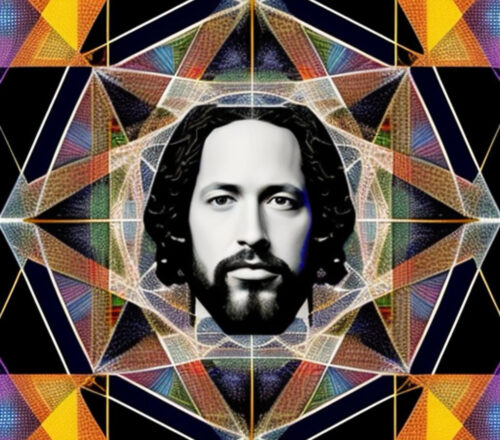
Table of Contents
Types of prayers
There are several different types of prayers that are commonly practiced like :
Adoration
Prayers of adoration are expressions of reverence, praise, and worship towards the divine. They acknowledge the greatness, majesty, and attributes of the divine being or higher power.
Thanksgiving
Prayers of thanksgiving express gratitude for the blessings, provisions, and grace received from the divine. They involve recognizing and appreciating the abundance and goodness in one’s life.
Petition
Petitionary prayers involve making requests or asking for specific needs or desires. These prayers seek assistance, guidance, healing, protection, or resolution of challenges from the divine.
Intercession
Intercessory prayers are offered on behalf of others. They involve praying for the well-being, healing, or support of individuals, communities, or specific situations.
Confession
Prayers of confession involve acknowledging and seeking forgiveness for one’s mistakes, shortcomings, and wrongdoings. They express remorse, repentance, and a desire for spiritual cleansing and reconciliation.
Supplication
Supplication prayers are humble and heartfelt pleas or entreaties made to the divine for help, intervention, or mercy in difficult circumstances.
Blessing
Prayers of blessing are invocations or requests for divine favor, protection, or guidance. They may be offered for oneself, loved ones, or specific objects, events, or endeavors.
Meditation and Contemplative Prayer
These forms of prayer involve quieting the mind, entering into a state of deep inner stillness, and seeking spiritual connection, insights, or union with the divine through silent reflection, contemplation, or mindfulness.
Affirmation and Affirmative Prayer
Affirmative prayers focus on affirming and claiming positive qualities, states, or outcomes, aligning one’s thoughts and intentions with divine guidance and spiritual truths.
Lamentation
Lament prayers express grief, sorrow, or anguish in times of pain, loss, or suffering. They provide an outlet for emotional release and a plea for comfort, strength, and solace from the divine.
These are just a few examples of the diverse range of prayers practiced across different religious and spiritual traditions. The specific types and practices of prayers may vary among different faiths and individual interpretations.

Contemplation according to scriptures and tradition
Contemplation, as described in scriptures and traditions, is a deep and focused form of reflection and meditation that goes beyond ordinary thinking. It involves the deliberate and sustained contemplation of spiritual or philosophical ideas, truths, or concepts with the aim of gaining deeper understanding, insight, and connection with the divine or ultimate reality. While contemplation can have variations in specific practices and interpretations across different traditions, there are common elements found in many scriptures and teachings.
Here are some key aspects of contemplation according to scriptures and traditions
Deep Reflection
Contemplation involves engaging in deep and thoughtful reflection on spiritual or philosophical topics. It goes beyond surface-level thinking and encourages a sustained and focused exploration of profound truths, mysteries, or teachings.
Inner Silence and Stillness
Contemplation often requires cultivating inner silence and stillness of the mind. It involves calming the mental chatter and distractions to create a space for deeper insight and intuitive understanding to emerge.
Direct Intuition and Insight
Contemplation is not solely an intellectual exercise but aims to access direct intuition and insights beyond conceptual thinking. It is about experiential realization and direct knowing that arises from a deep connection with the divine or ultimate reality.
Integration of Heart and Mind
Contemplation often seeks to integrate both intellectual understanding and the heart’s intuitive wisdom. It combines rational inquiry with emotional resonance, allowing for a holistic and transformative experience.
Connection with the Divine or Ultimate Reality
Contemplation is a means of establishing a conscious and intimate connection with the divine or ultimate reality. It seeks to transcend the limitations of the egoic self and merge with a higher truth or divine presence.
Transformation and Spiritual Growth
Contemplation is not merely an intellectual exercise but a practice that can lead to personal transformation and spiritual growth. Through contemplation, individuals can deepen their understanding, develop greater wisdom, and experience a shift in consciousness.
The practice of contemplation can differ among various traditions and individuals. Some religious and philosophical traditions, such as Christian mysticism, Hindu Advaita Vedanta, or Buddhist Dzogchen, place a particular emphasis on contemplative practices. The methods, techniques, and terminology used may vary, but the underlying purpose of contemplation remains the exploration of profound truths and the deepening of spiritual insight and connection.
Table summarizing the key differences between meditation, prayer, and contemplation
| Meditation | Prayer | Contemplation | |
| Focus | Focused attention, often on breath, sensations, or specific objects or concepts | Communication with the divine, expressing thoughts, emotions, supplications, or gratitude | Deep reflection and sustained contemplation of spiritual or philosophical ideas |
| Purpose | Cultivating mindfulness, inner peace, and insight; transcending the self | Establishing connection with the divine, seeking guidance, expressing devotion | Gaining deeper understanding, insight, and connection with the divine or ultimate reality |
| Technique | Various techniques like mindfulness, mantra repetition, or visualization | Recitation of sacred texts, mantras, or spontaneous dialogue with the divine | Reflective and intuitive exploration beyond ordinary thinking |
| Emphasis | Presence, awareness, and observing the mind without attachment or judgment | Devotion, surrender, and communication with the divine | Deepening understanding, integrating heart and mind, and experiencing direct intuition |
| Tradition | Practiced in various spiritual traditions like Buddhism, Hinduism, and Taoism | Practiced in religious and spiritual traditions like Christianity, Islam, and Judaism | Found in religious and philosophical traditions, often associated with mysticism |
| Outcome | Increased self-awareness, calmness, and insight | Spiritual connection, guidance, and transformative experiences | Deepened understanding, insight, and communion with the divine or ultimate reality |
This table provides a simplified overview, and there can be overlap and variations in the practices and interpretations within each category. The actual experience and practices of meditation, prayer, and contemplation can be diverse and nuanced.
Shop tip
Types of prayers On Amazon
What is your favorite type of prayer?
Sources openai Language models, aitrot, picsart and mib
Take time to learn
Invest in your future
Embark on a journey into the realm of affiliate marketing and craft your own website within a vibrant, supportive community. Join me in this adventure, where you can begin as a free starter and stay as long as you desire. Enjoy complimentary hosting and foundational teachings to set you on your path. For those with advanced skills, opportunities to elevate your expertise await. Take a moment to explore and witness the magic for yourself!




